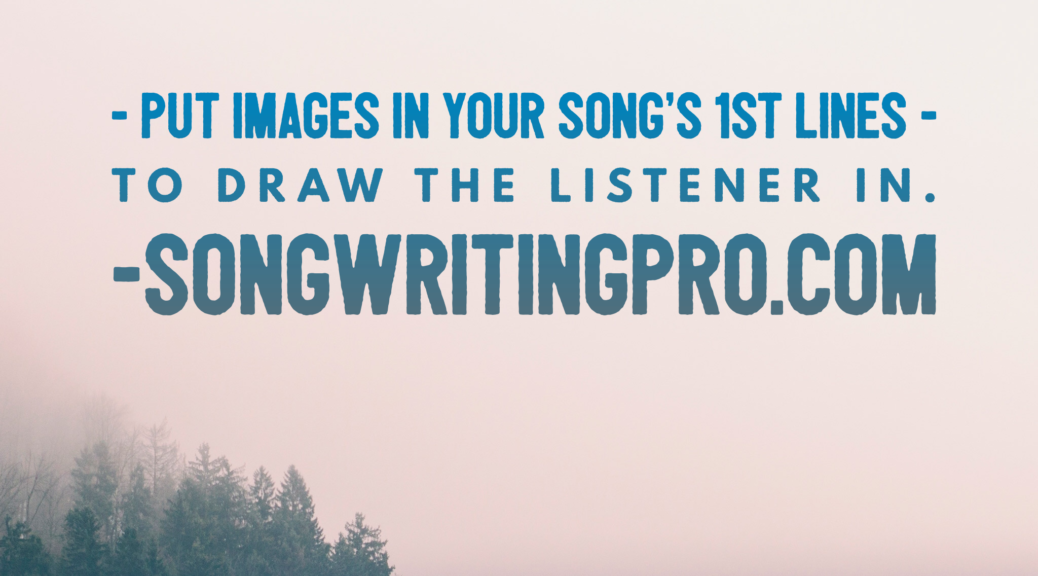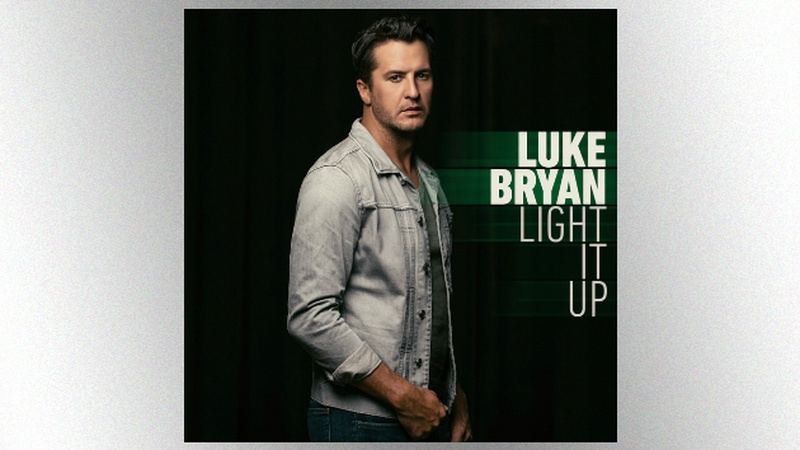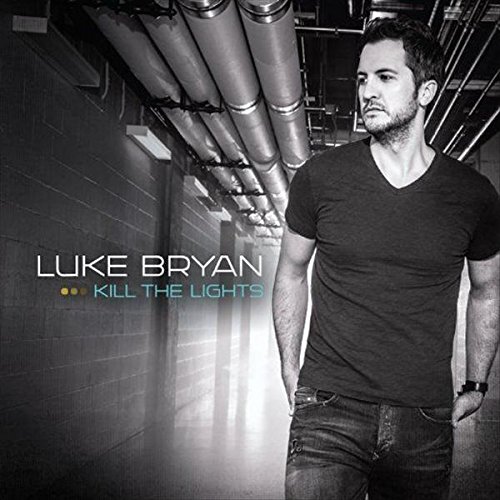
Imagine yourself in a dark movie theater. The movie starts to play, but there is just sound- no picture. You’d be upset, right? Then why do we often write songs that way?
Why don’t we give our listeners some pictures right at the beginning of our movie/song? After all, the hit songwriters know how important this is, and they do it consistently.
________________________________
To BE a pro, you need to THINK like a pro, and this FREE ebook will help transform your thinking, your songwriting, and your success. Get it today!
_________________________________
I think the movie analogy is an appropriate one for songwriting.
Songs are basically 3-minute movies.
And just like someone making a movie, we want to hook our audience immediately. We want to draw them into our story as quickly as possible. And you know what does this extremely well?
Imagery.
Well-written imagery quickly lets the listener know the setting for our story or gives them a sudden emotional punch. Or it builds mystery or interest. And, along with good melody and production, that will keep the listener listening further into the song.
The main job of your song’s 1st line is to make the listener want to hear the 2nd line.

Here are the first lines of a few of my songs that have been recorded.
You left your Bible on the dresser, so I put it in the drawer – “Monday Morning Church” sung by Alan Jackson
Sunday morning was a fight, I was runnin’ from that clip-on tie – “Every Head Bowed” sung by Alan Jackson
Past the cotton fields and the old Spring Mill, we laid a blanket out where the world was still – “Crickets” sung by Joe Nichols
There’s a towel on the bathroom door, a t-shirt in my dresser if you like – “Last Night Last” sung by Lady Antebellum
But don’t just take MY lyrics for it. Here are the first lines of 9 of the current top 10 songs on Billboard’s Country Airplay Chart.

I believe kids oughta stay kids as long as they can, turn off the screen, go climb a tree, get dirt on their hands – “Most People Are Good” sung by Luke Bryan
I ain’t heard you laugh like that in a long time – “Singles You Up” sung by Jordan Davis
Baby, lay on back and relax, kick your pretty feet up on my dash – Bebe Rexha & Florida Georgia Line
She wants to get married, she wants it perfect, she wants her grandaddy preaching the service – “Marry Me” sung by Thomas Rhett
Don’t think I’ve ever seen your kind of pretty wandering ’round this midnight mad house city – “The Long Way” sung by Brett Eldredge
Like a rainy Sunday morning makes me wanna stay in bed, twisted up all day long – “You Make It Easy” sung by Jason Aldean
This is perfect, come kiss me one more time – “Heaven” sung by Kane Brown
When the devil’s knocking at my door, when I’m broken and I’m battle worn, down in the valley, on my knees – “She’s With Me” sung by High Valley
Seen my share of broken halos, folded wings that used to fly – “Broken Halos” sung by Chris Stapleton
The song in the #10 spot, “All On Me” by Devin Dawson, doesn’t have an image in the first couple lines, but all the rest do. That’s 90% of the current top 10, and it’s something you should pay attention to.
And note that not all the images are literal. In “She’s With Me” and “Broken Halos,” the images are more metaphorical. But they STILL put a picture in the mind of the listener. So you don’t have to JUST paint a literal picture of the situation.
But in case you aren’t quite convinced yet, here are a bunch more first lines from other hit country songs over the past several years:
Doublewide Quick Stop midnight T-top Jack in her Cherry Coke town – “American Kids” sung by Kenny Chesney
Quarter in the payphone, clothes drying on the line – “Automatic” sung by Miranda Lambert
Those high heels with that sun dress, turquoise heart hanging ‘round your neck – “My Eyes” sung by Blake Shelton
Summer comin’ through a rolled down window, tearin’ down an almost two lane back road – “We Are Tonight” sung by Billy Currington
Sun shines, clouds rain, train whistles blow and guitars play – “It Just Comes Natural” sung by George Strait
I’ve packed a cooler and a change of clothes – “Want To” by Sugarland
Driving through town, just my boy and me. With a happy meal on his booster seat– “Watching You” by Rodney Atkins
I can take the rain on the roof of this empty house– “What Hurts The Most” Rascal Flatts
She’s a yellow pair of running shoes, a holey pair of jeans– “She’s Everything” Brad Paisley
I could do this for days. Now, I know there are examples out there of purely emotional songs that do well. But if you look at the songs that are not written by the artist or by the producer or by an established hit songwriter, I think you’ll see a trend.
Put images in your song’s first lines to draw your listener in.

One more great example is from a recent CMA and ACM Song Of The Year: “I Drive Your Truck,” written by Jessi Alexander, Connie Harrington, and Jimmy Yeary and recorded by Lee Brice.
“89 cents in the ashtray, half-empty bottle of Gatorade rolling on the floorboard”
It’s like the opening shot of a movie that starts with a close-up of change in the ashtray, panning over to a Gatorade bottle rolling on the floorboard. The song follows the camera as it moves over to the dash, the backseat, etc. This pulls us in. It also gives us clues about the truck’s owner. It’s such a well-written song!
If you’re interested in writing commercial songs- if you want to give your songs their best chance to succeed, I have a great opportunity for you. In May, I’m hosting Frettie’s “Know The Row” with one of the writers of “I Drive Your Truck,” Jimmy Yeary!
Not only did Jimmy write this Song Of The Year, he’s also written hits for Kenny Chesney, Jake Owen, Rascal Flatts and more.
And this is YOUR chance to sit down face-to-face (online) with a real-deal professional, hit songwriter.
You and I BOTH want to learn what Jimmy has to share.
Here’s the deal. You can join us online from anywhere in the world on Thursday, May 24, 2018 from 7pm-8pm Central time. And this special event is FREE to members of Frettie.com! (But don’t worry- you can still purchase a ticket even if you don’t want to take advantage of all of Frettie’s membership benefits.)
CLICK HERE TO GET ALL THE DETAILS & MEET HIT SONGWRITER JIMMY YEARY.
Brent Baxter is a hit songwriter with cuts by Alan Jackson, Randy Travis, Lady Antebellum, Joe Nichols, Gord Bamford, Ruthie Collins, Ray Stevens, and more. He’s written a top 5 hit in the US, a #1 in Canada & a top 10 in Texas… so far.























